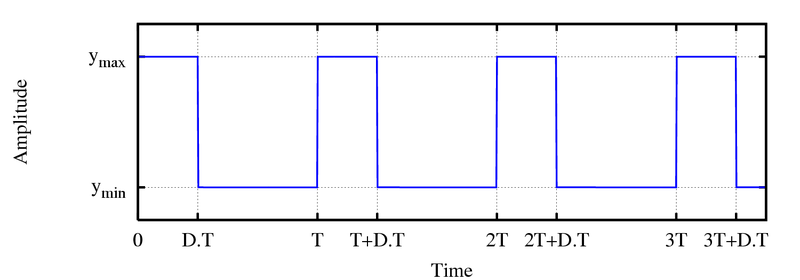Linear actuators are completely irreplaceable for people who work with automatics, from people who perform building projects on a professional level to home-grown inventors who are curious to make everything in the house go automatics, from a pantry door to a car trunk or a heavy garage door. This is why we need linear actuators, to create a linear motion that will move a certain load in a following direction. But how does a linear actuator work? In order to find an answer to this question, you firstly need to understand all the values of a linear actuator, together with its details and their peculiarities. Today we will find out what a duty cycle is and how exactly it works.
A duty cycle is a very important characteristic when it comes to a linear actuator. A duty cycle is a percent of time which allows a linear actuator to work without stopping. It means that the device can function without a need to pause. A duty cycle of 10% means the possibility of continuous operation for one minute out of every ten minutes. The duty cycle is rarely 100%. The requirement of a 100% duty cycle of the actuator leads to its significant rise in price. For different application conditions, other characteristics operating temperature range, supply voltage, etc. are also important. A duty cycle of 100% would mean that the device you need to create with a help of a linear actuator will work unstoppably. The example can be clearly seen when we are talking about a bicycle. The movements, created in the mechanisms of a bike make the transport move unstoppably without a need to have a rest. However, when we talk about automations in robotics, for example, a 100% duty cycle is a rare occasion. Why is it so important to know about the duty cycle? If the linear actuators works unstoppably, there is a risk and a high probability that a device you are working on might break or seize to operate correctly, because the actuator can go far beyond the expected operation.
How a duty cycle is measured?
To measure a duty cycle you need to understand and measure what is the time your linear actuator stays in a retracted state. For example, if we take a simplest linear actuator, the time it needs to rest is twice the time it actually works. Since people haven’t invented a never-ending mechanism, the linear actuator works for 20 seconds, for example, and then it rests for another 40 seconds. That will be a 33% duty cycle percentage. However, the duty circle in linear actuators are measured by the time the device actually is on, so to understand ‘the pause time’ in a linear actuator, you will have to subtract the time of a linear actuator working from a total 100. That will give 67% of an off time or the time when the mechanisms stops and reloads.
Why is duty cycle important?
When we talk about automation, any device has a tendency to give off the heat it hasn’t used. This leads to overheating, and consequently, breaking the device forever. So determining the duty cycle in your linear actuator correlates with a temperature your device will rise to before finally overheating.











